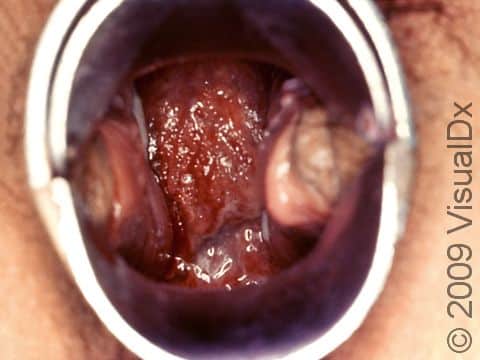Chlamydial Infections
Chlamydia is a common sexually transmitted infection (STI) caused by the bacterium Chlamydia trachomatis, which affects the genital tract if acquired through vaginal sex, or the mouth or anus if acquired from oral or anal sex. Chlamydia is spread through unprotected sex with an infected person; it can also be spread to a baby during childbirth.
Chlamydia is typically a “silent” infection, meaning it may have mild or no symptoms. However, chlamydia is the leading cause of infertility, as permanent damage may be done to a woman’s reproductive tract. In men, chronic infection can lead to sterility.
Who's At Risk?
Chlamydia affects more than 1.5 million Americans each year; infection is most common in teens and young adults (aged 15-25) with new or multiple sexual partners, particularly if protection with condoms is inconsistent. Reinfection of chlamydia happens easily if a sexual partner is not treated.
Signs & Symptoms
If symptoms occur, they usually appear 1-3 weeks after becoming infected. Approximately 75% of women and up to 50% of men are asymptomatic (ie, they have no symptoms).
Women with infection of the genital tract may have a yellow-white vaginal discharge, spotting between periods, fluid discharge from the urethra, or burning with urination. Other symptoms might include belly or low back pain, nausea, fever, or pain with intercourse.
Men with infection may have pus or fluid draining from the opening of their penis or itching or burning with urination.
Infection of the anus presents with rectal pain, discharge, or bleeding.
Self-Care Guidelines
Seek medical care if you suspect you have chlamydia. Avoid any sexual activity until a week after treatment is finished. If you are infected, notify your sexual partner(s) – they should be checked and treated.
To prevent chlamydia infection:
- Adopt safer sex practices. Abstinence, monogamy (single partner), or limiting the number of sexual partners all help reduce your risk.
- Consistent and correct use of latex condoms reduces risk.
- All pregnant individuals, all sexually active women younger than 25, and older women with new or multiple sexual partners should have an annual screening test for chlamydia.
Treatments
A test will be done on the urine or from fluid from the penis or vagina or cervix. The medical professional may also want to test for other STIs.
If the test is positive for chlamydia, treatment will be prescribed with oral antibiotics (usually doxycycline or azithromycin). All sexual partners should also be tested and treated if positive. If a partner is infected and not treated, reinfection is common.
Individuals with chlamydia should not have intercourse until 1 week after treatment is finished.
Visit Urgency
Seek medical care if there is any chance you are infected with chlamydia, whether or not you have symptoms. As previously noted, sexually active women should have an annual check for infection.
Trusted Links
References
Bolognia J, Schaffer JV, Cerroni L. Dermatology. 4th ed. Philadelphia, PA: Elsevier; 2018.
Centers for Disease Control and Prevention. Chlamydia – CDC basic fact sheet. CDC. https://www.cdc.gov/std/chlamydia/stdfact-chlamydia.htm. Updated 2022 April 12.
James WD, Elston D, Treat JR, Rosenbach MA. Andrew’s Diseases of the Skin. 13th ed. Philadelphia, PA: Elsevier; 2019.
Kang S, Amagai M, Bruckner AL, et al. Fitzpatrick’s Dermatology. 9th ed. New York, NY: McGraw-Hill Education; 2019.
Last modified on June 17th, 2024 at 10:53 am

Not sure what to look for?
Try our new Rash and Skin Condition Finder
